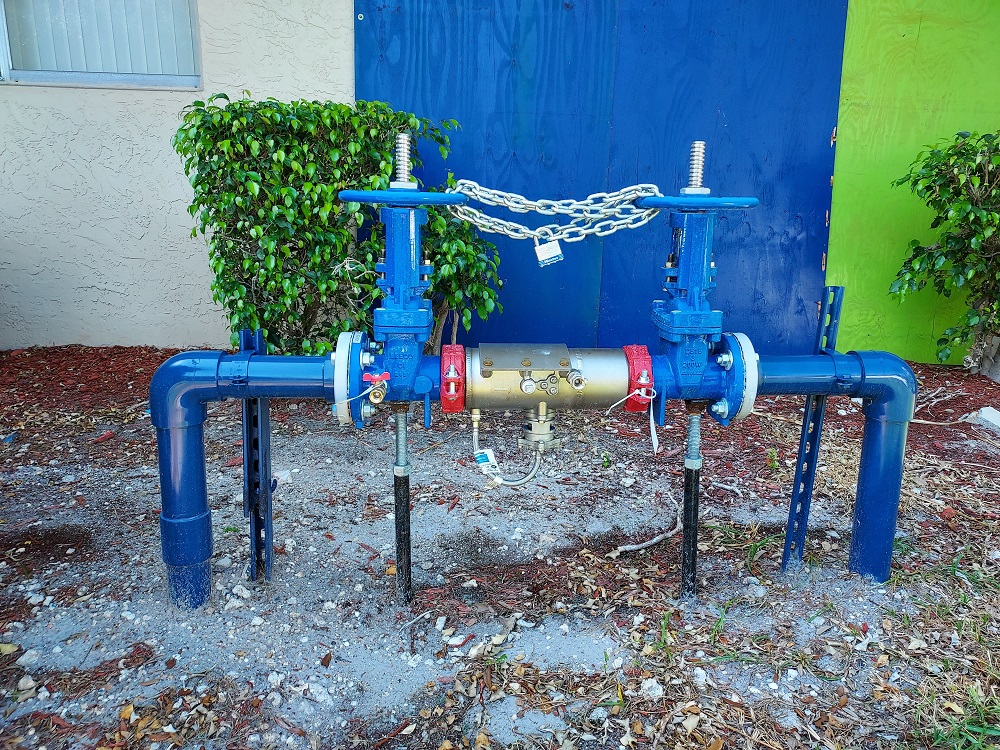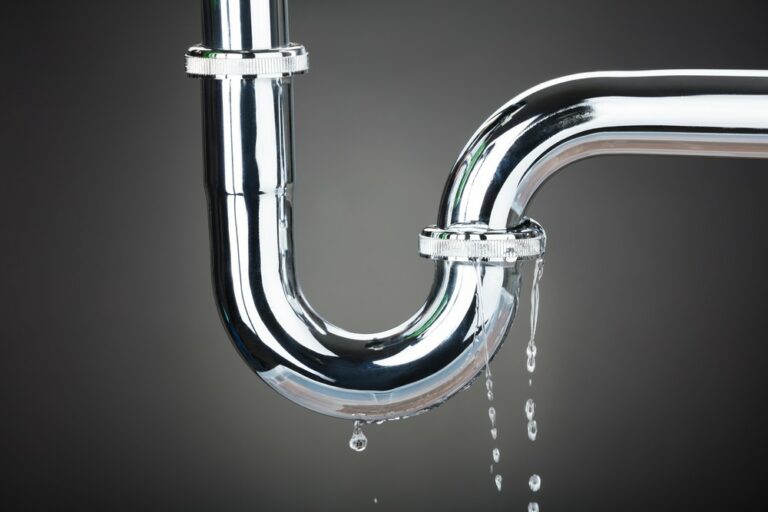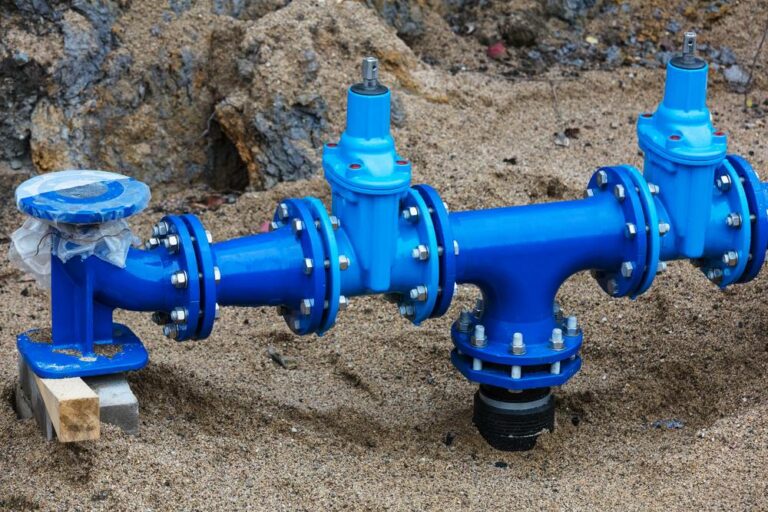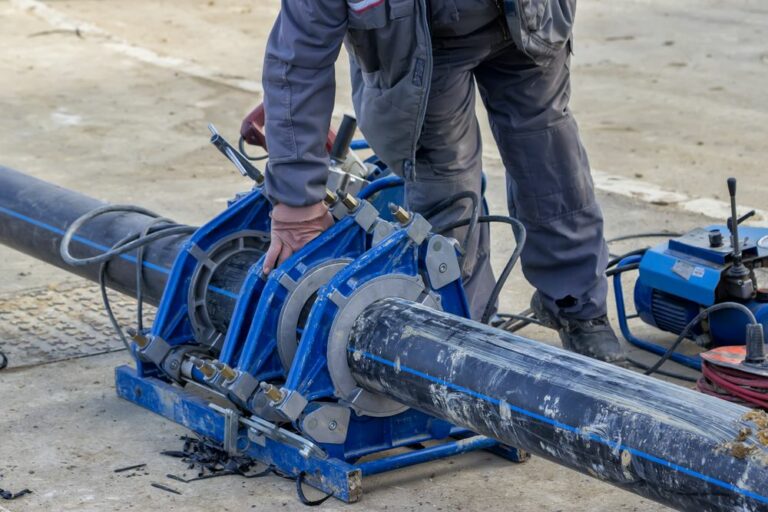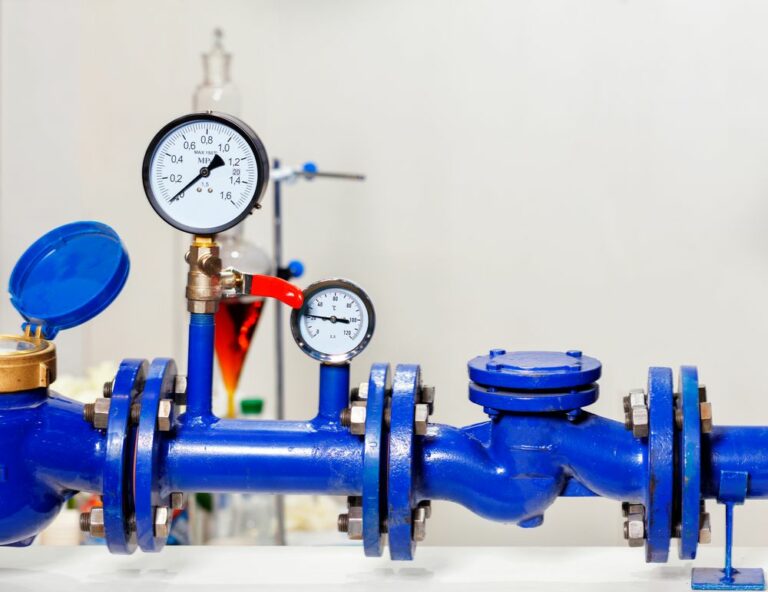How Does a Backflow Preventer Work in South Florida?
Did you receive your annual notice from the city? Or perhaps the final notice that your water will be shut off? Do you need someone that can handle this quickly for you? See how Backflows Only can help handle this in a timely manner.
Why do you need take care of this immediately?
If your backflows aren’t maintained, it can contaminate your water supply with used water, chemicals, and bacteria, so making sure everything is up to date and working properly is extremely important.
A backflow prevention system is vital to any business or home’s plumbing system. It’s the best way to ensure that your company and family always have access to clean, safe water.
Have you received a recertification notice, need a repair or need to replace your backflows? Contact us today.
Read below to learn more about our backflow prevention systems and how they can help keep your business and home safe!
What is a Backflow Preventer?
There is a cross-connection if the pipe carrying potable water is directly connected to the pipe carrying contamination or pollution. Cross-connections pose a severe health hazard because they provide a pathway for contaminants to enter the potable water system. To protect against cross-connections, many jurisdictions have laws and regulations that require the installation of backflow preventers at all potential cross-connection points.
For example, Backflow preventers block the flow of liquids, gases, or solids from a contaminated zone into a clean zone. They are designed to protect against backflow (the reversal of the average flow direction in a piping system) and back siphonage (the suction of contaminated liquids into the potable water system).
In addition, Backflow preventers can effectively protect against the hazards posed by cross-connections when adequately installed and maintained.
What is a “Cross-Connection”?
In South Florida, the water table is very close to the surface. As a result, changes in water pressure can cause contaminated water to flow back into your home’s potable water supply. A backflow preventer is a device installed in your plumbing system that helps to protect your potable water from contamination.
The backflow preventer consists of two check valves in your home’s plumbing system. The first check valve is installed on the line that leads from your home’s clean water supply to your faucets and fixtures. This check valve ensures that contaminated water cannot flow back into your clean water supply.
The backflow preventer also has a venturi assembly that helps to equalize the pressure between the two lines. This assembly consists of a restricted orifice and a bypass chamber. The restricted orifice helps to create a difference in pressure between the two lines, and the bypass chamber allows excess water to flow through it when there is a sudden change in pressure.
The backflow preventer also has an air gap that provides an additional layer of protection against contamination. The air gap is a physical separation between the two lines that helps to ensure that contaminated water cannot flow back into your home’s potable water supply.
The backflow preventer is an important device that helps to protect your business and home’s potable water supply from contamination. For example, if you live in an area where the water table is close to the surface, it is essential to have a backflow preventer installed in your plumbing system.
Fire sprinklers are also designed to protect against contamination. For example, if water was allowed to flow back into the fire sprinkler system, it could cause the system to fail. This would be disastrous in the event of a fire because the fire sprinklers would not be able to put out the fire.
Irrigation systems are also susceptible to contamination if a backflow preventer is not used. For example, if contaminated water was allowed to enter an irrigation system, it could contaminate the crops being watered by the system. This could lead to sickness or even death if people ate the contaminated food.
Backflow preventers are essential for preventing contamination in many different types of systems. Without them, there would be a significant risk of contamination.
[testimonial_view id=”2″]
Annual Certification Required
In Florida, backflow devices are required by the Florida Building Code (FBC) to be tested annually. The FBC defines a backflow device as “a device installed in a plumbing system to prevent the reverse flow of water or other liquids, solids, or gases into the potable water supply.
1 Protecting domestic water supplies (Drinking water that goes into your building)
2 Fire Suppression System
3 Irrigation
What are the benefits of installing a backflow preventer in South Florida?
A backflow preventer will keep your business or home’s drinking water safe from contamination. If water is allowed to flow backward into the city’s main water supply, it can pick up contaminants along the way. A backflow preventer will stop the water before it has a chance to contaminate your home’s drinking water. In addition to preventing contamination, a backflow preventer can also save you money.
If your business or home’s drinking water becomes contaminated, you may be responsible for the cost of having the entire city’s water supply tested and treated. By installing a backflow preventer, you can avoid these costly repairs. In addition, a backflow preventer can also save you time and hassle. For example, if your business or home’s drinking water becomes contaminated, you may have to boil all of your water or use bottled water until the problem is fixed. By installing a backflow preventer, you can avoid this inconvenience. As you can see, there are many benefits to installing a backflow preventer.
If you are receiving notices from the city about your backflows whether its for recertification or if you need repairs, you need to take action.
Conclusion
If you’re looking for a way to protect your home or business’s drinking water from contamination, you may need to install a backflow preventer. Backflows Only is here to help; contact us today at 954-263-3185.

